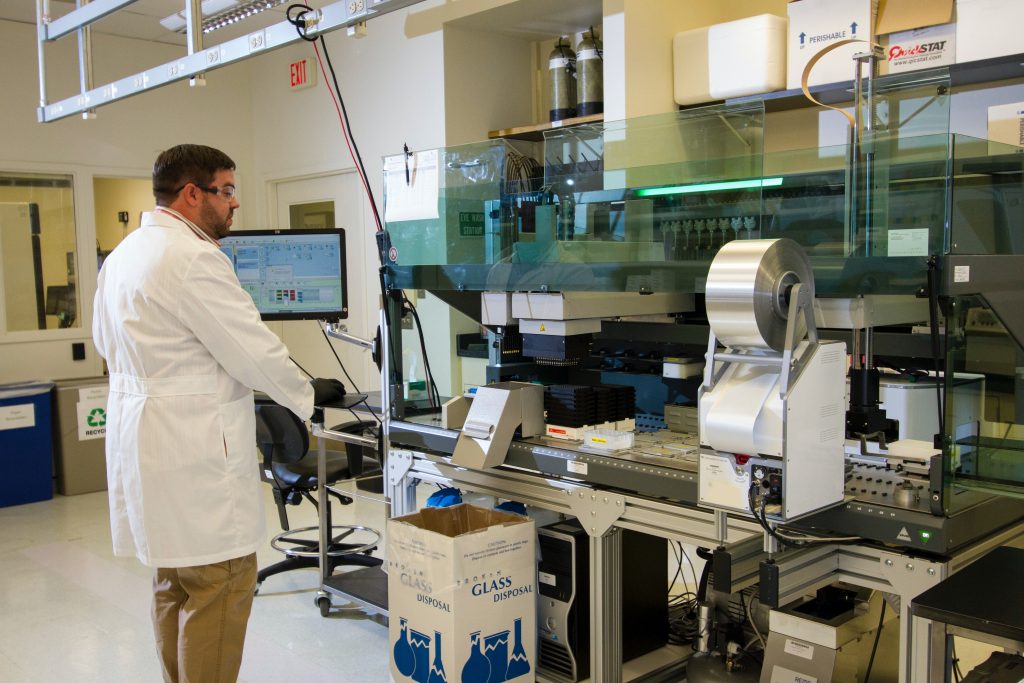
Regenerative medicine has grown out of the need to fix tissues and systems that have been harmed by injuries, disease, changes that come with getting older, or birth defects. A further incentive for the growth of this medical area is that people are becoming less reliant on donations. Since the start of this field a few decades ago, many of its methods, like wound treatment and orthopaedic uses, are now available for sale.
Today, the level of growth of regenerative medicine gives the ability to deal with both chronic diseases and illnesses that have appeared in different organ systems, such as skin diseases, heart diseases, and cancer. Even though the ability of the human body to heal itself isn’t as good as that of smaller animals, regenerative medicine makes up for this need to some extent. It combines a lot of different ideas, like using cultured materials and cells and putting them together to restore needed tissue physically and functionally, which helps the body heal itself. Cell treatment, tissue engineering, and the creation of new devices are all ways to reach these goals.
Stem cells are still the most important part of regenerative medicine, which also uses working organoids and cells from outside the body. It’s important to note that materials science and bioengineering are making more progress, and gene therapy has become an important part of many modern healthcare solutions.
At the same time, the lack of people to work in this business is a big problem that slows down its growth. Specialists with the right training are needed for cutting-edge treatments and the entrance of information technology. Because of this, new training programs are needed to make sure that the medical field of the future has experts.
Along with training experts, the creation of a good information area is also a very important problem. In regenerative medicine, as in any other hopeful area of medicine, there is a problem between exciting claims and positive results. The first can be bad for both the person and the medical field as a whole, because changing treatment methods requires a change in how people think. They need to know which regenerative options have been through the required clinical trials and are available. So, the efficient collection and filing of information and the oversight of these processes are necessary for the final success of any regenerative medicine method. This will also provide regulatory security that will be good for the future of the business.
It is clear that regenerative medicine is not only a new area of medicine, but also one that is growing quickly and has a lot of importance and promise in the healthcare business. Regenerative treatments are being used on both older people and children who haven’t even been born yet. This is likely to keep happening in the near future because technology to treat genetic diseases is very important and keeps getting better. Also, the production of biologics is an important part of regenerative treatments because it shows that the field and clinical practice are growing and getting better. Here, it’s important to choose patients wisely, which has a direct effect on how well clinical studies work.
Another important question is whether society and medicine as a whole are ready to use regenerative medicine in the way they treat people. This process is probably new, but it’s just as important to work it into a current medical system that can handle the problems of the future.